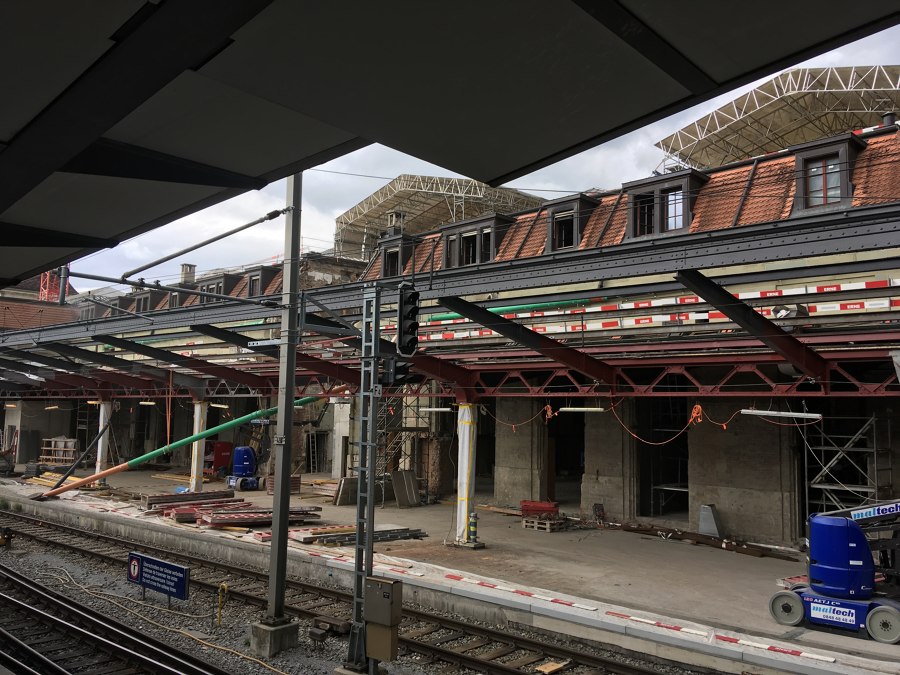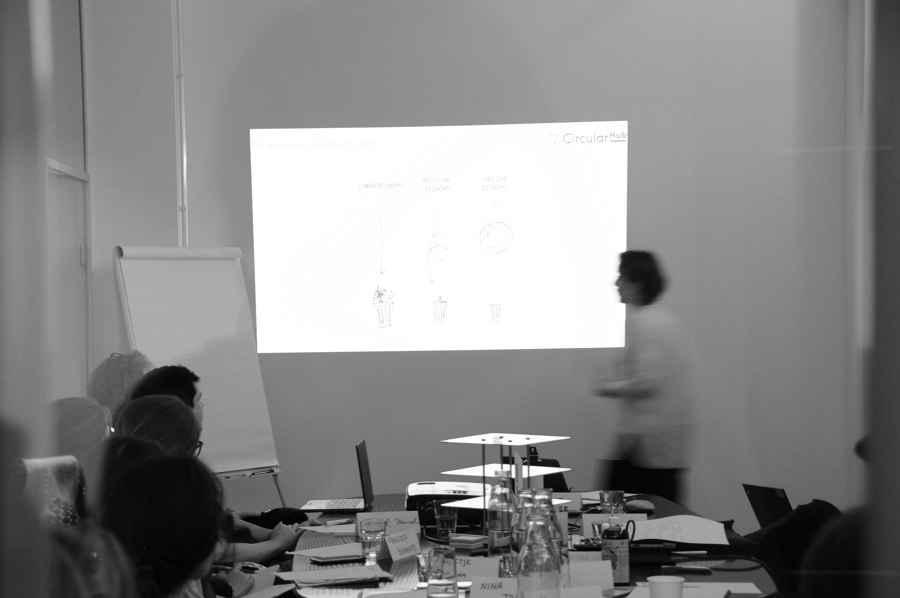‘Buildings are more than a statement of permanence’: circular-economy expert Marloes Fischer talks sustainability and design
Texte par Simon Keane-Cowell
Zürich, Suisse
16.12.22
In the latest in our series of Architonic interviews with leading sustainability experts globally, we pose a focused set of no-nonsense questions to Marloes Fischer, founder and managing director of Swiss-based Circular Hub. The call goes out to architects and design manufacturers…
'Circular Economy is about designing a system in which resources and products are kept in use for as long as possible,’ says Marloes Fischer, founder of Swiss-based Circular Hub. Photo: Circular Hub
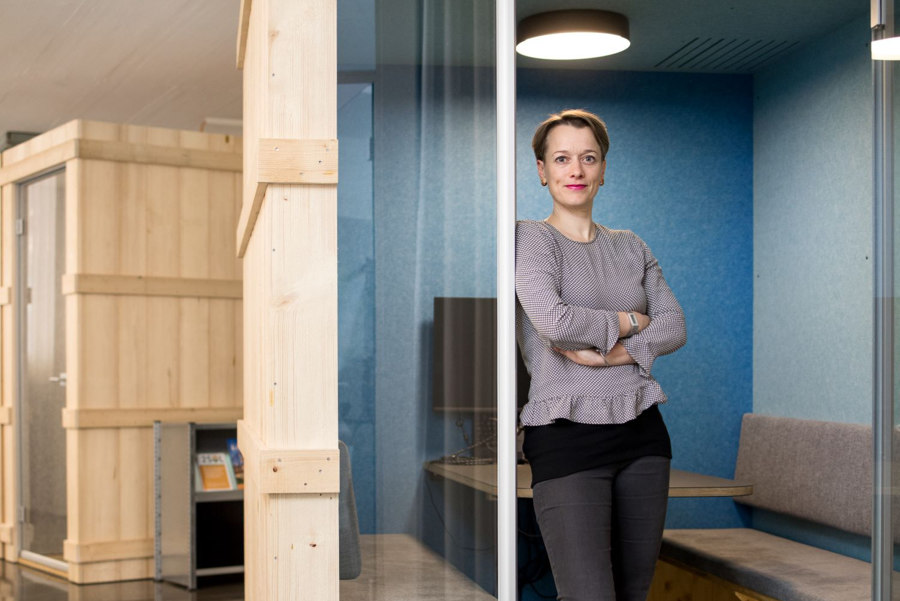
'Circular Economy is about designing a system in which resources and products are kept in use for as long as possible,’ says Marloes Fischer, founder of Swiss-based Circular Hub. Photo: Circular Hub
×Architonic: How would you define the circular economy in theory?
Marloes Fischer: Circular Economy is about designing a system in which resources and products are kept in use for as long as possible, at their highest possible value. A circular economy decouples economic activity from the consumption of finite resources. To achieve this, new business models are needed to support it, like sharing, repairing, and offering products as a service, instead of ownership.
And what about in practice in a Swiss context? Where are we today?
The Swiss economy is in a process of transformation. More and more players from business and politics recognise the circular economy as a viable solution to tackle the climate crisis and avoid looming resource bottlenecks. Meanwhile, according to the first representative study on the situation of Circular Economy in Switzerland (BFH/KOF), around 12% of companies have implemented circular business activities in the Swiss construction industry, with a focus on recycling.
Buildings are more than a statement of permanence. They are a repository for materials that will one day be reallocated for other purposes
Technologies like BIM, digital products and material passports are available and circular products are entering the market. In addition, increased attention is paid to what resources are available locally and how they can be procured in a sustainable and economical way. However, only the cooperation between all stakeholders in the built environment can make it happen. Exchanging experiences, defining the baseline and metrics, and scaling-up success models are all required for a circular economy to thrive.
Built environments like the Basel SBB rail station (top) can learn circularity from natural environments like the Creux du Van Nature Reserve in the Swiss Jura mountains (bottom). Photos: Madaster (top), Circular Hub (bottom)
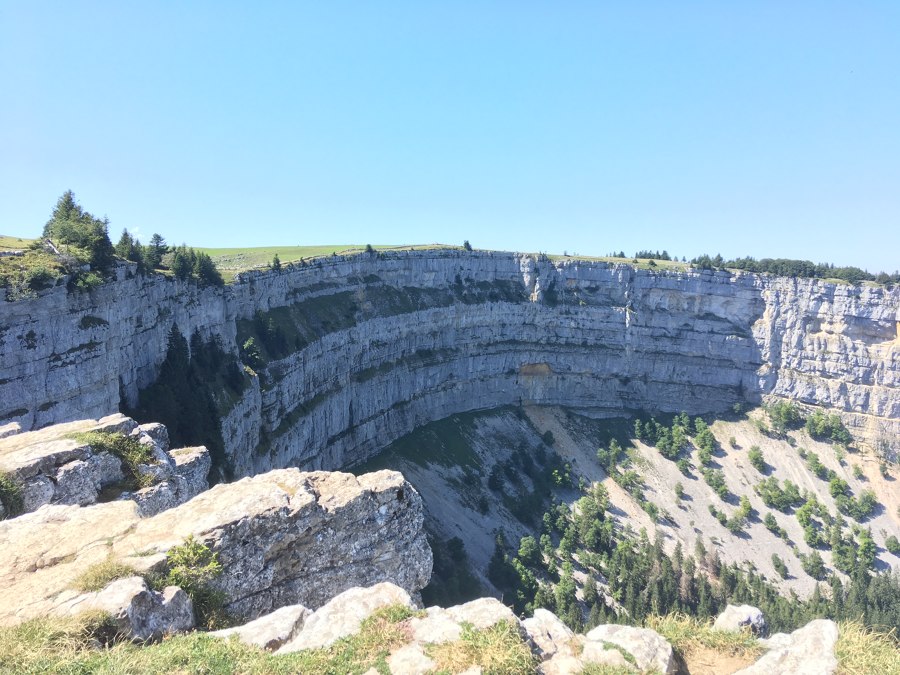
Built environments like the Basel SBB rail station (top) can learn circularity from natural environments like the Creux du Van Nature Reserve in the Swiss Jura mountains (bottom). Photos: Madaster (top), Circular Hub (bottom)
×Where can architects make the biggest impact in their work?
Circularity is about taking responsibility. It is a conscious decision to make currently used resources available in the future. Buildings are more than a statement of permanence. They are a repository for materials that will one day be reallocated for other purposes.
The more circular products a manufacturer can offer, the better this is for their long-term competitiveness
Architects who understand that their design and material choices impact the long-term availability of resources, become true value creators for a circular-built economy. Architects have long-term experience in spending their clients’ money wisely, while creating architectural value which is not only measured in financial metrics. They can be the drivers of change if they use this muscle to create a measurable contribution to the quality of life at home and at work in their buildings. Architects can ignite and implement the owners’ ambition and work with the whole value chain to retain value.
Marloes Fischer explains: 'Circular Hub is the knowledge and network platform for the circular-built economy in Switzerland.’ Photo: Circular Hub
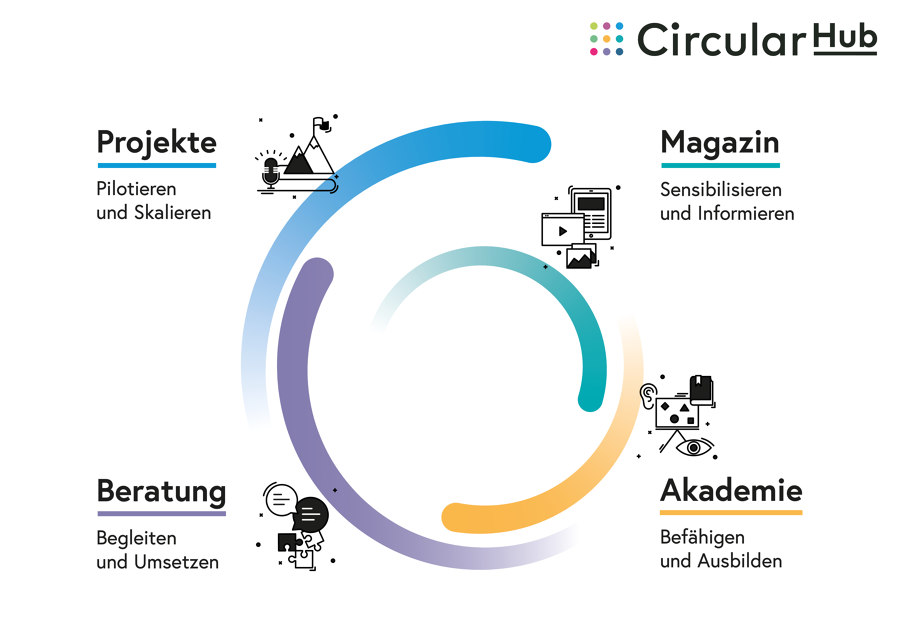
Marloes Fischer explains: 'Circular Hub is the knowledge and network platform for the circular-built economy in Switzerland.’ Photo: Circular Hub
×And design manufacturers? What would be the key changes they should make to their business to achieve circularity?
The more circular products a manufacturer can offer, the better this is for their long-term competitiveness. Circular products or building elements are designed in such a way that they can be used longer, reused easily and are obviously well maintainable and reparable. When a manufacturer takes products back after a certain period of use, they can be refreshed and put back on the market for use. We see this starting to happen in some commercial construction projects in Switzerland. Ultimately, circular construction specialists design out waste and create value.
What is Circular Hub and what does it aim to deliver?
Circular Hub is the knowledge and network platform for the circular-built economy in Switzerland. We activate the innovation potential of Swiss organisations and accompany them in the realisation of circular strategy business models. Our goal is the ‘Swiss Circular Valley’: a network of companies and organisations that use the potential of circular business models to best meet the needs of future generations, both locally and globally.
© Architonic
Head to the Architonic Magazine for more insights on the latest products, trends and practices in architecture and design.

